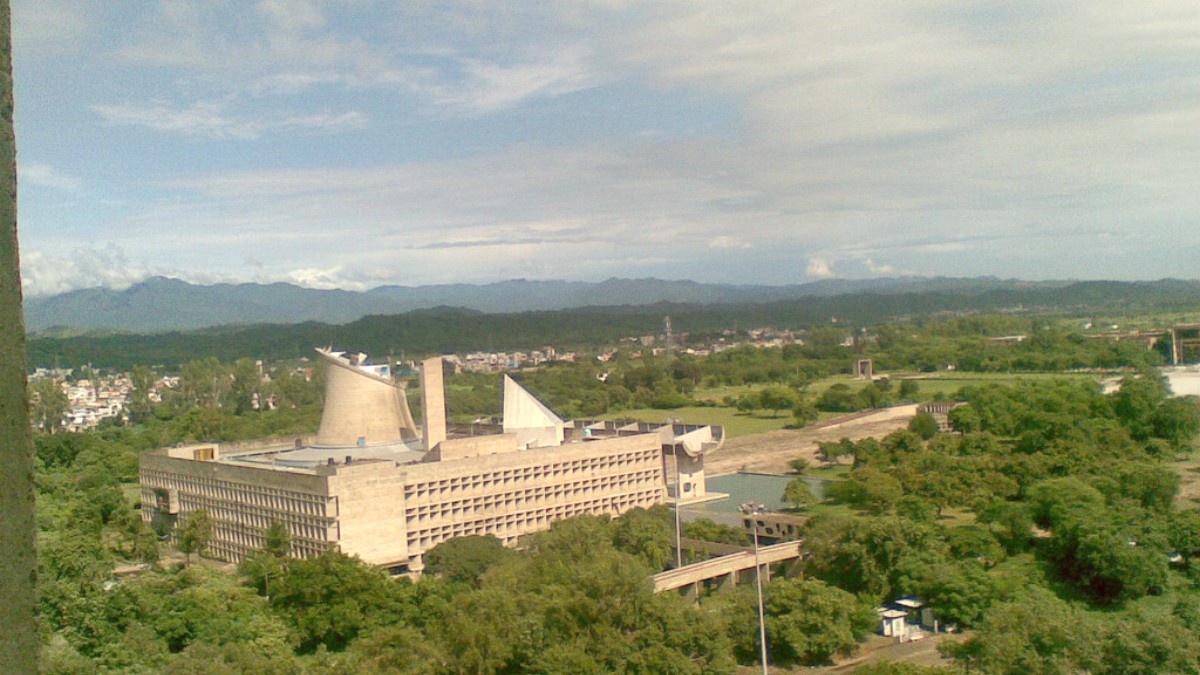
Punjab And Haryana, India
Punjab is served by several airports, with Amritsar being the main international gateway. Sri Guru Ram Dass Jee International Airport (ATQ) in Amritsar offers flights to major Indian cities and select international destinations. Chandigarh International Airport (IXC) serves Chandigarh and surrounding regions. Sahnewal Airport (LUH) in Ludhiana is a smaller domestic airport.
Amritsar (ATQ) and Chandigarh (IXC) airports offer currency exchange, ATMs, duty-free shops, dining, and Wi-Fi. Pre-paid taxi counters and car rental services are available for ground transportation. Consider flight comparison services like Dollar Flight Club or Skyscanner for planning.
Flight prices are highest during peak travel season (October-March) and around major Indian festivals. Lowest prices are typically found during monsoon and extreme summer months (May-August).
No separate exit fees or taxes are typically charged at Indian airports; these costs are usually included in your airfare.
Allow ample time: 3 hours for international flights, 2 hours for domestic. Account for check-in, baggage drop, security, and immigration.
The Wagah Border (Attari-Wagah) is the only operational road border crossing between India and Pakistan in Punjab. It's mainly for specific trade and passenger movement, not general tourism into Pakistan. Most tourists visit to see the daily flag-lowering ceremony.
Punjab is a landlocked state. Sea or river travel for arrival is not applicable. There are no seaports in the state.
River transportation in Punjab is extremely limited, mostly small boat rides for agricultural or minor recreational purposes. These are not part of any public transportation network.
Allow ample time for airport formalities. For international flights, arrive at the airport at least 3 hours before departure. For domestic flights, arrive at least 2 hours prior. Complete check-in procedures, either online or at the airline counter, then drop checked baggage. Proceed through security screening, removing electronics and liquids. For international flights, complete immigration formalities after security.
Major airports like Sri Guru Ram Dass Jee International Airport in Amritsar and Chandigarh International Airport provide ATMs, currency exchange services, various food outlets, and shops. Lounges are also available for travelers seeking more comfort.
Major railway stations have basic amenities, including food stalls, waiting rooms, and sometimes general stores.
For international flights, complete immigration formalities after security. Have your passport and boarding pass ready.
Public transport offers an economical way to experience Punjab. Currently, no operational metro system exists for public use within Punjab's cities. Chandigarh has plans for a metro system, but it is not yet functional. No tram services operate in Punjab.
Bus routes can be complex and are often not well-documented with clear maps for tourists. Local inquiry, asking bus conductors or fellow passengers, often provides the best way to determine routes. Major bus stands serve as central hubs for city and inter-city connections. Buses generally operate from early morning (around 6:00 AM) until late evening (usually 9:00 PM or 10:00 PM).
Taxis and ride-sharing apps offer a more comfortable and often quicker alternative to public buses. Licensed taxis are identifiable by colors or branding. Hailing on the street is less common than using apps or pre-paid services. Ola and Uber are widely available in major cities.
Car rental (self-drive) comes with challenges due to chaotic traffic. Hiring a car with a professional driver is the preferred option. Motorcycle and scooter rentals exist but are less common for tourists.
The area around the Golden Temple in Amritsar and Sector 17 Plaza in Chandigarh are pedestrian-friendly. Chandigarh has some dedicated cycle tracks, making it relatively more bicycle-friendly.
Accessibility infrastructure in Punjab is generally very limited. Public transport options like buses and trains are not wheelchair-friendly. Pavements are often uneven, and obstacles are common. Hiring a private car with a driver that accommodates specific needs presents the most practical solution for travelers with mobility challenges. Plan this well in advance.
Some unique or niche transportation options exist for specific purposes. Tour operators offer bus tours for city sightseeing or specific circuits, like the Wagah Border ceremony. Formal hop-on-hop-off services, common in larger global cities, are not widely available in Punjab. Boat taxis and cable cars are not applicable for public transport in Punjab.
Vehicles drive on the left side of the road in India.
Seatbelts are mandatory for all occupants. Helmets are mandatory for two-wheeler riders.
Expect a high prevalence of two-wheelers, pedestrians, and livestock on roads. Lane discipline is often absent.